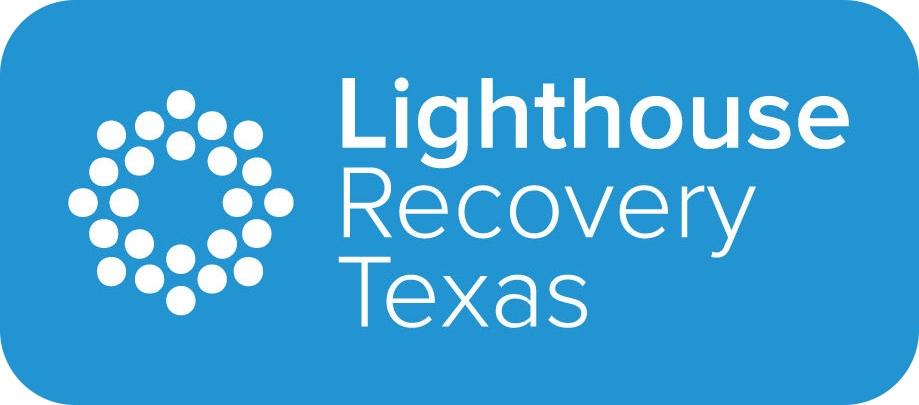The teenage years can be particularly precarious. With ever-changing hormones and risks like bullying and peer pressure, it comes as no surprise that drug use and delinquent behavior are all too common among teens. Some studies have also found that the unique challenges during these years make teens particularly at risk of developing mental health conditions. Wilderness therapy programs have emerged as a promising option for families seeking practical solutions.
What Is Wilderness Therapy?
Wilderness therapy, also known as outdoor behavioral healthcare, is based on the idea that exposure to nature and physical activity positively affects mental health. This innovative approach puts participants through various outdoor adventure activities, like hiking, camping, and team-building exercises. The ultimate goal is to improve mental, emotional, and behavioral health while minimizing the risk of drug abuse, mental health conditions, and criminal activity in at-risk adolescents and young adults. Programs like these are especially effective for addressing challenges like substance abuse, anxiety, and delinquency.
The Pros of Wilderness Treatment
Wilderness therapy has its roots in mental health practices dating back to the early 1900s. Today, the treatment process is particularly favored for young adults and adolescents because of the strong indications that they benefit most from the program. There are numerous reasons why wilderness treatment, including nature-based therapy, might be an ideal option for teens and young adults. These include:
Therapeutic Alliance
Often, clients — particularly teenagers — aren’t too keen on participating in therapeutic programs simply because it feels too much like therapy. High-risk teens who are predisposed to rebellious behavior might find structured environments too limiting, restrictive, and formal for their liking. But wilderness treatment offers a refreshing alternative. Teens develop a therapeutic alliance by engaging in adventure therapy activities alongside peers and therapists — a healthy, authentic bond that encourages volitional participation.
Improved Behavioral and Mental Outcomes
Traditional therapeutic programs often struggle to engage teenagers and young adults who perceive therapy as tedious, embarrassing, or unnecessary. Wilderness therapy eliminates this barrier by changing the context entirely. Outdoor treatment for mental health combines physical activity and experiential learning, creating a dynamic experience that resonates with young clients. Research shows that wilderness therapy programs can significantly reduce depression, anxiety, and stress in teens, leading to improved emotional and behavioral outcomes.
Nature Exposure
One of the biggest distinctions between wilderness rehab programs and traditional therapy lies in the setting. Immersion in natural environments is not just a backdrop — it’s a key component of the treatment. Studies reveal that hiking and other outdoor activities reduce negative thought patterns, alleviate stress, and enhance emotional well-being. Exposure to natural surroundings has been shown to reduce anger and fear while increasing hormones that trigger pleasure responses. These benefits are particularly valuable when working with resistant or angsty teens.
Cons of Wilderness Treatment
While wilderness treatment has proven benefits, it is essential to consider potential drawbacks to make informed decisions. No treatment is perfect, and knowing these challenges can help you determine whether a specific program aligns with your needs.
Sudden Change of Environment and Routines
Wilderness therapy programs often require participants to transition abruptly into unfamiliar environments. This sudden change can exacerbate anxiety or depression, particularly in teens with existing mental health challenges. However, some programs address this by incorporating gradual transitions or offering preparatory phases to ease participants into the experience. Families should carefully evaluate potential programs to ensure they include thoughtful, phased approaches to support clients.
Risk of Physical Injury
The full-body exertion involved in adventure therapy activities is vital to wilderness treatment’s success. However, these activities can also pose physical risks. Reports of injuries or even fatalities underscore the importance of choosing programs prioritizing safety. Licensed therapists, proper equipment, and rigorous safety protocols can mitigate these risks, ensuring participants have a secure and positive experience.
Lack of Standardized Programs
Not all wilderness rehab programs are created equal. Activities and methodologies can vary widely between providers, making it difficult to predict which program will best fit your situation. While exposure to nature and physical activity are universally beneficial, the lack of standardization can pose challenges. Families should ask detailed questions about potential programs’ therapeutic models, activities, and outcomes to ensure alignment with their needs.
A Wild Take on Treatment
Whether it’s addressing drug addiction, delinquency, or mental health challenges, wilderness therapy programs offer a transformative approach for teens and young adults. By combining outdoor therapy for mental health with proven strategies like adventure therapy and nature-based interventions, these programs create a unique and engaging path to recovery. While not a one-size-fits-all solution, wilderness treatment has helped countless young people avoid dangerous paths and develop healthier, more positive behaviors.
When exploring wilderness treatment options, it’s crucial to prioritize safety, professionalism, and individualized care. Choosing the right program can make all the difference in achieving long-term success. For those in Texas or the Dallas area, programs specializing in wilderness therapy for young adults are available to provide life-changing support.
Learn more about our services or contact us below to discover how Lighthouse can help you on your road to recovery today. Thank you for your trust.





